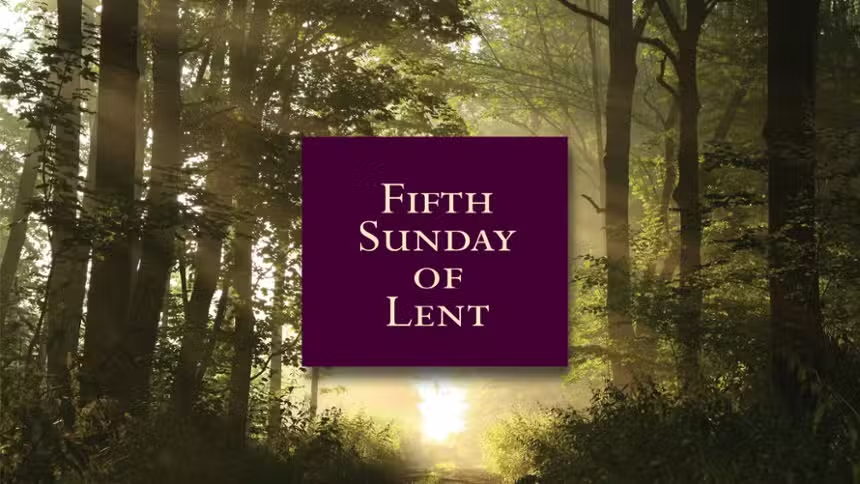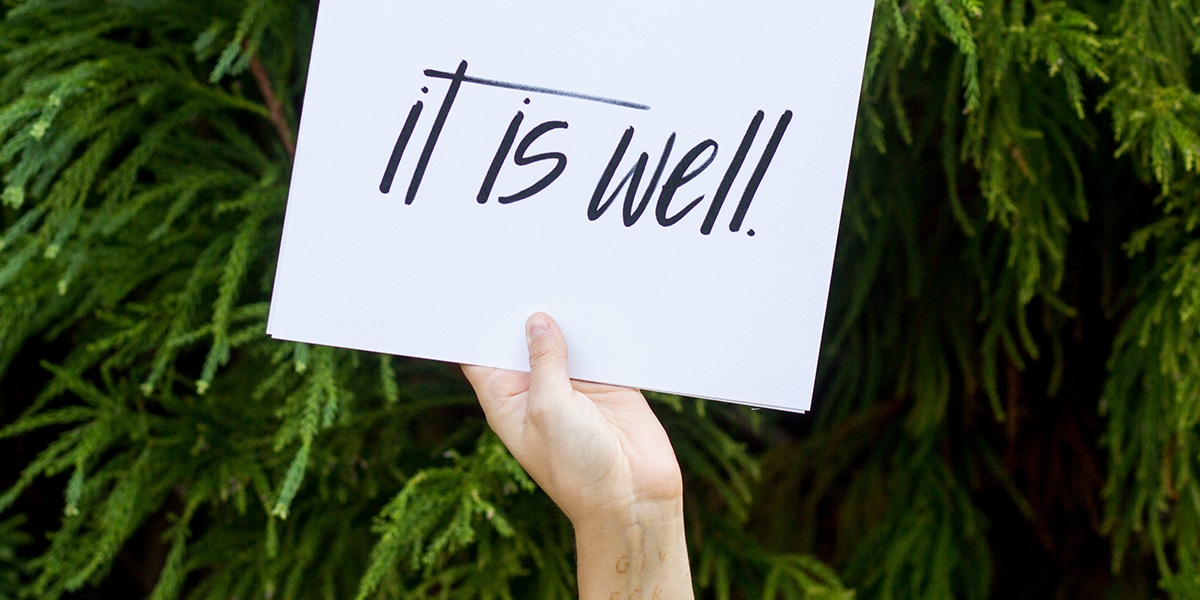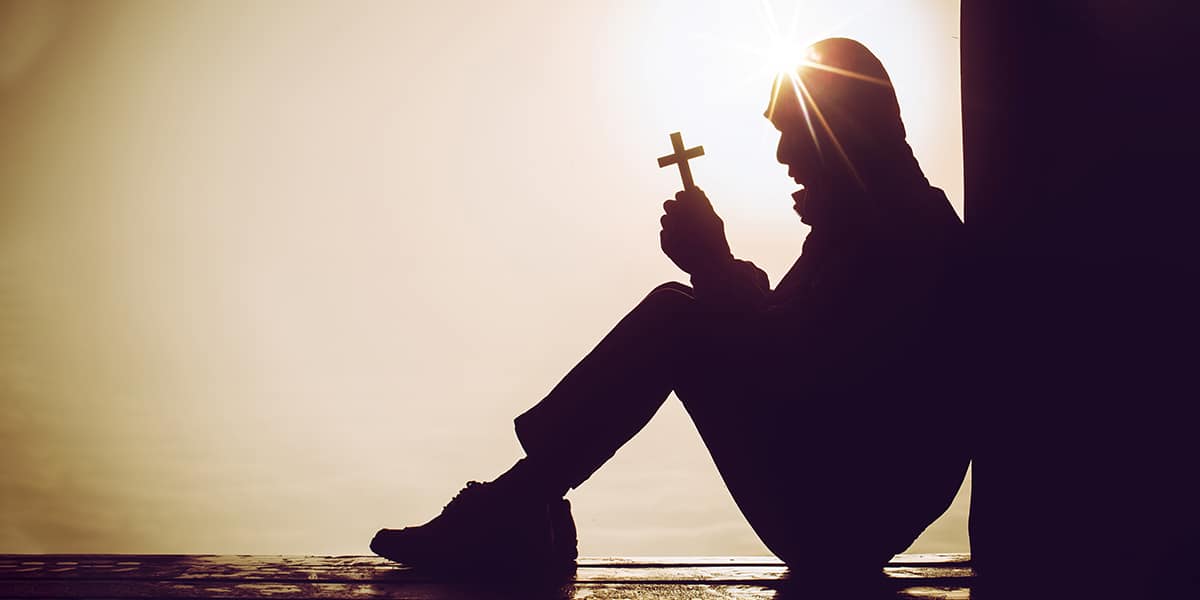Fifth Sunday of Lent | Readings: John 11:1-45
REFLECTION
Humans are the only creatures who have knowledge of their own death. Its awareness creeps up on us as we get older. All other animals, plants, and the cycles of nature themselves seem to live out and surrender to the pattern of mortality. This places humans in a state of anxiety and insecurity from our early years. We know on some level that whatever this is that we are living will not last. This changes everything, probably more than we realize consciously. So our little bit of consciousness makes us choose to be unconscious. It hurts too much to think about it.
On this last Sunday before Palm Sunday, we dare to look at the “last enemy,” death. And the only way we can dare to part the curtain and view death is to be told about our resurrection from it! Yet, I assume we all know that Lazarus did eventually die. Maybe ten years later, maybe even twenty, but it did happen, we assume. What then is the point of this last dramatic “sign” before Jesus’ own journey toward death?
An important clue is given right before the action, when the disciples try to discourage Jesus from going back to Judea where he is in danger. Jesus says calmly, “Are there not twelve hours in the day? When a person can walk without stumbling? When he sees the world bathed in light.” Jesus refuses to fear darkness and death. Quickly he adds, “Our friend Lazarus is sleeping, I am going to wake him” (John 11:9–11).
Those who draw upon the twelve hours, who see the world bathed in light now, have begun to see the pattern. As is often the case with wise people, they let “nature nurture them.” Yes, the other hours of darkness will come, a metaphor for death, but now we know that it will not last. It is only a part, but not the whole of life—just as the day itself is twelve hours and night is the other twelve, two sides of the one mystery of Life. Jesus’ job is simply to “wake” us up to this, as he did Lazarus and the onlookers. Once you are awake to the universal truth, then physical death is no enemy to be feared. “Do you believe this?” he says (11:26).
And then in a final brilliant finale to the story, he invites the onlookers to join him in making resurrection happen: “Move the stone away!. . . Unbind him, and let him go free!” It seems that we have a part to play in creating a culture of life and resurrection. We must unbind one another from our fears and doubts about the last enemy, death. We must now “see that the world is bathed in light” and allow others to enjoy the same seeing—through our lived life. The stone to be moved is always our fear of death, the finality of death, any blindness that keeps us from seeing that death is merely a part of the Larger Mystery called Life. It does not have the final word.
TODAY’S READINGS
“‘This sleep is not to end in death, but is instead to reveal the glory of God’. . . . With a sigh that came straight from the heart. . .He cried out in a loud voice, ‘Move the stone away!… Lazarus, come forth!’… ‘Now, you unbind him and let him go free.’” —John 11:4, 34, 38, 43–44
STARTER PRAYER
“Good God, the creator of light and darkness, You who move the sun and the stars, move us into the place of light, a light so large that it will absorb all the darkness.”
¡Haga clic aquí para ver la traducción en español!








